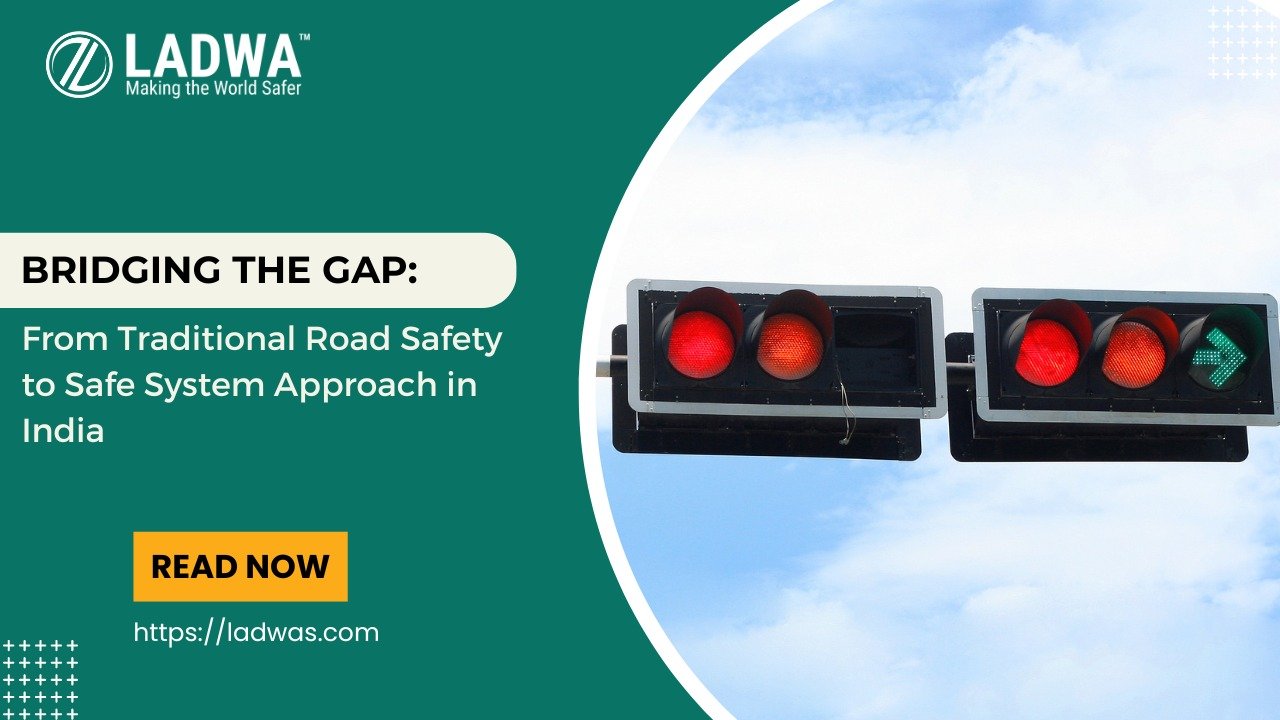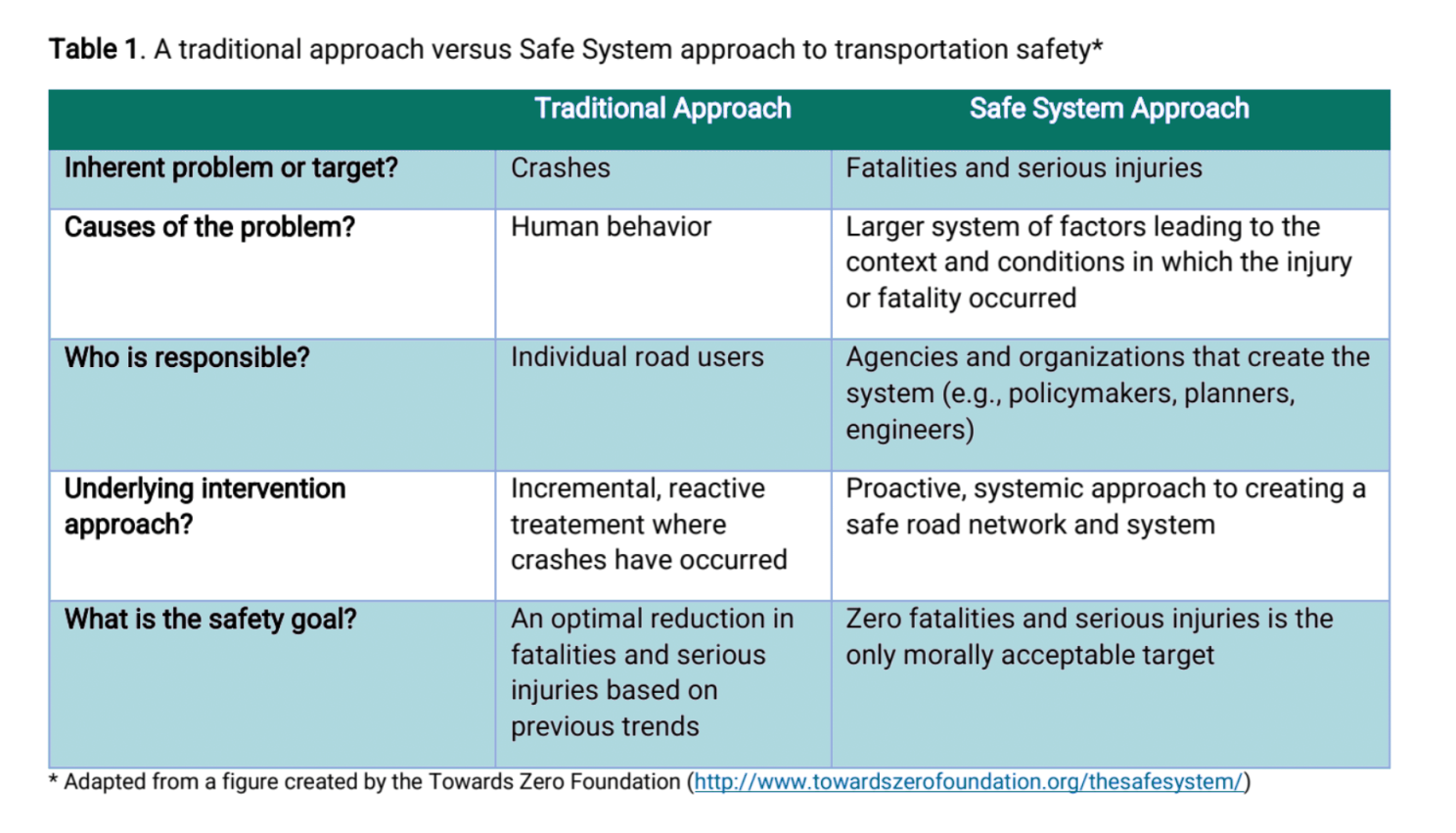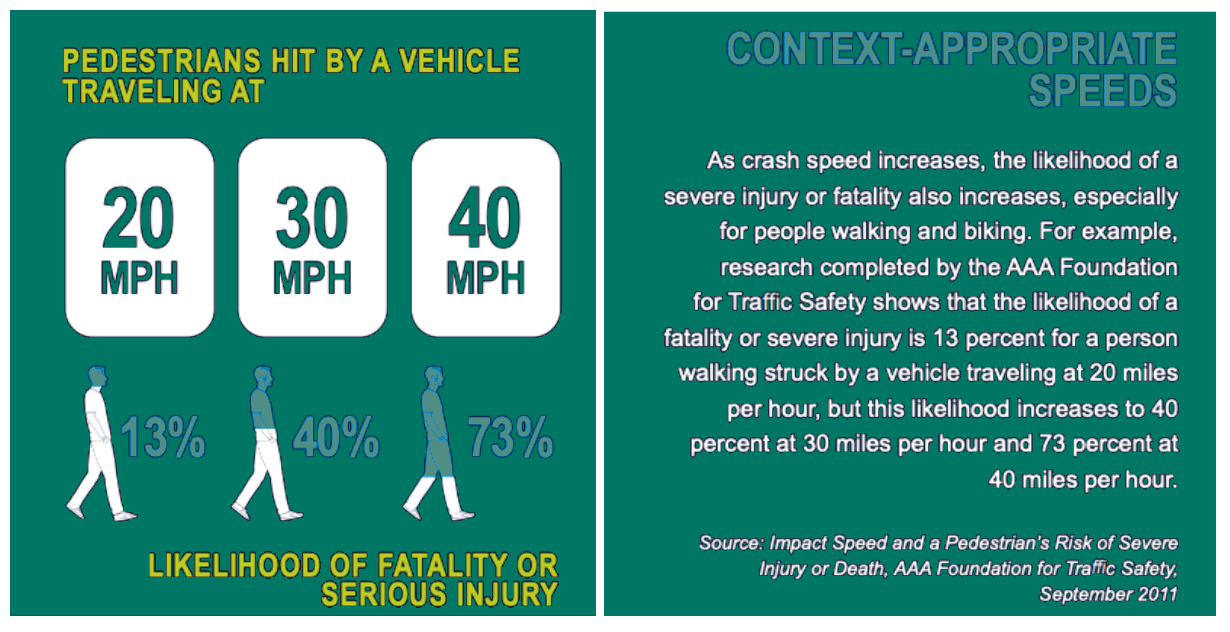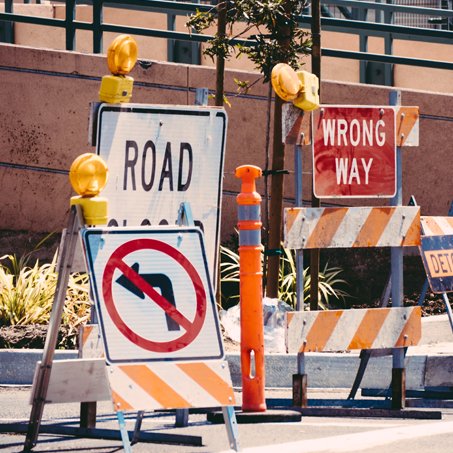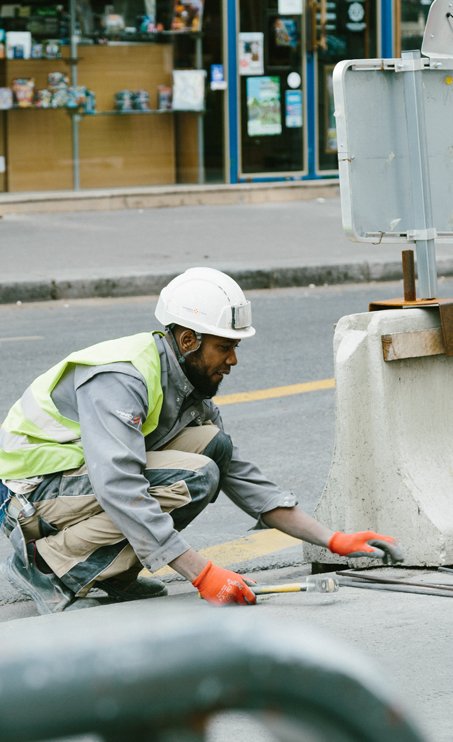Introduction:
India’s commitment to the Vision Zero initiative, which aims to halve road fatalities by 2030, marks a pivotal moment in the nation’s approach to transportation safety. Traditionally, road safety efforts have centered on influencing individual driver behavior through education and enforcement. However, the limitations of this approach have become increasingly evident, as the rising toll of lives lost and injuries sustained on India’s roads continue to devastate families and communities.
To truly transform road safety and achieve the Vision Zero goal, India must embrace a more holistic, human-centric framework – the Safe System approach. This paradigm shift recognizes that even the most responsible road users can make mistakes, and therefore places the onus on system designers to create an inherently forgiving transportation network. By designing roads, vehicles, and policies that anticipate and accommodate human error, the Safe System approach prioritizes the preservation of life above all else.
Implementing this forward-thinking philosophy will require a concerted, data-driven effort across multiple stakeholders – from policymakers and urban planners to automakers and technology providers. This guide will explore the key principles of the Safe System approach, highlighting international best practices and outlining a roadmap for India to revolutionize its road safety framework through the strategic application of data analytics and innovative solutions. Only by embracing this fundamental change can India truly realize the transformative potential of Vision Zero and usher in a new era of safe, sustainable mobility for all.

- Prioritizes Equity: Unlike the traditional approach, which often reinforces existing inequalities, the Safe System approach actively addresses equity concerns. This means ensuring that safety measures benefit all road users, regardless of their socioeconomic background, ability, or mode of transportation
- Focuses on Systemic Change: The traditional approach often relies on reactive measures like education and enforcement. The Safe System approach, however, emphasizes proactive interventions, such as safer road design, lower speeds, and safer vehicles. This holistic approach tackles the root causes of crashes, leading to more sustainable and lasting safety improvements
- Proven Effectiveness: The Safe System approach has been successfully implemented in numerous countries, resulting in significant reductions in road fatalities. By adopting this approach, India can leverage the learnings and successes of others to achieve its Vision Zero goals faster

- Prevent Crashes: While crashes cannot be completely eliminated, the Safe System aims to minimize their occurrence through safer infrastructure, vehicle design, and speed management.
- Forgive Human Error: Recognizing that humans make mistakes, the Safe System designs roads and vehicles that minimize the severity of crashes when they do occur.
- Manage Speeds: Lower speeds significantly reduce the risk and severity of crashes. The Safe System prioritizes strategies like traffic calming measures and lower speed limits to create a safer environment for all road users.
- Shared Responsibility: Everyone involved in the transportation system, from individuals to policymakers, has a role to play in ensuring safety. The Safe System encourages collaboration and shared accountability for achieving Vision Zero.
- Proactive Approach: Instead of reacting to crashes, the Safe System proactively identifies and addresses potential risks through data-driven analysis and strategic interventions.

- Policy and Regulatory Reforms: Updating policies and regulations to prioritize safety, including vehicle safety standards, infrastructure design guidelines, and speed limits.
- Investment in Infrastructure: Allocating resources to redesign roads with vulnerable road users in mind, including pedestrian crossings, protected bike lanes, and traffic calming measures.
- Public Awareness and Education: Raising awareness about the Safe System approach and encouraging safe behaviors among all road users.
- Data-Driven Decision Making: Regularly collecting and analyzing data on crashes and near misses to identify high-risk areas and inform targeted interventions.
- Collaboration and Partnerships: Building partnerships between government agencies, civil society organizations, and private sector stakeholders to ensure coordinated efforts towards Vision Zero. The Safe System approach is not a silver bullet, but it offers a powerful framework for achieving Vision Zero in India. By embracing this approach and working collaboratively, we can create a safer, more equitable, and sustainable transportation system for everyone
Conclusion:
The transition to a Safe System approach holds the key to unlocking India’s Vision Zero ambition. By shifting the focus from individual behavior to system-wide responsibility, this holistic framework can drive meaningful and lasting change in road safety. Through data-informed infrastructure upgrades, intelligent transportation technologies, and collaborative policymaking, India can create a transportation network that anticipates and accommodates human error, prioritizing the preservation of life above all else.
As a leading provider of data analytics solutions, Ladwa Solutions is poised to be a catalyst in this transformation. With expertise in AI-powered traffic monitoring, accident hotspot identification, and predictive modeling, Ladwa can equip decision-makers with the insights needed to implement evidence-based interventions aligned with the Safe System approach. By partnering with Ladwa, stakeholders can harness the power of data to design roads, vehicles, and policies that forgive human mistakes and safeguard the lives of all road users.
The time to act is now. By embracing the Safe System approach and leveraging the capabilities of innovative companies like Ladwa Solutions, India can make significant strides towards the Vision Zero goal and establish a new global benchmark for road safety. Together, we can transform India’s transportation landscape, creating a future where no life is lost, and mobility is safe, sustainable, and accessible for all.

